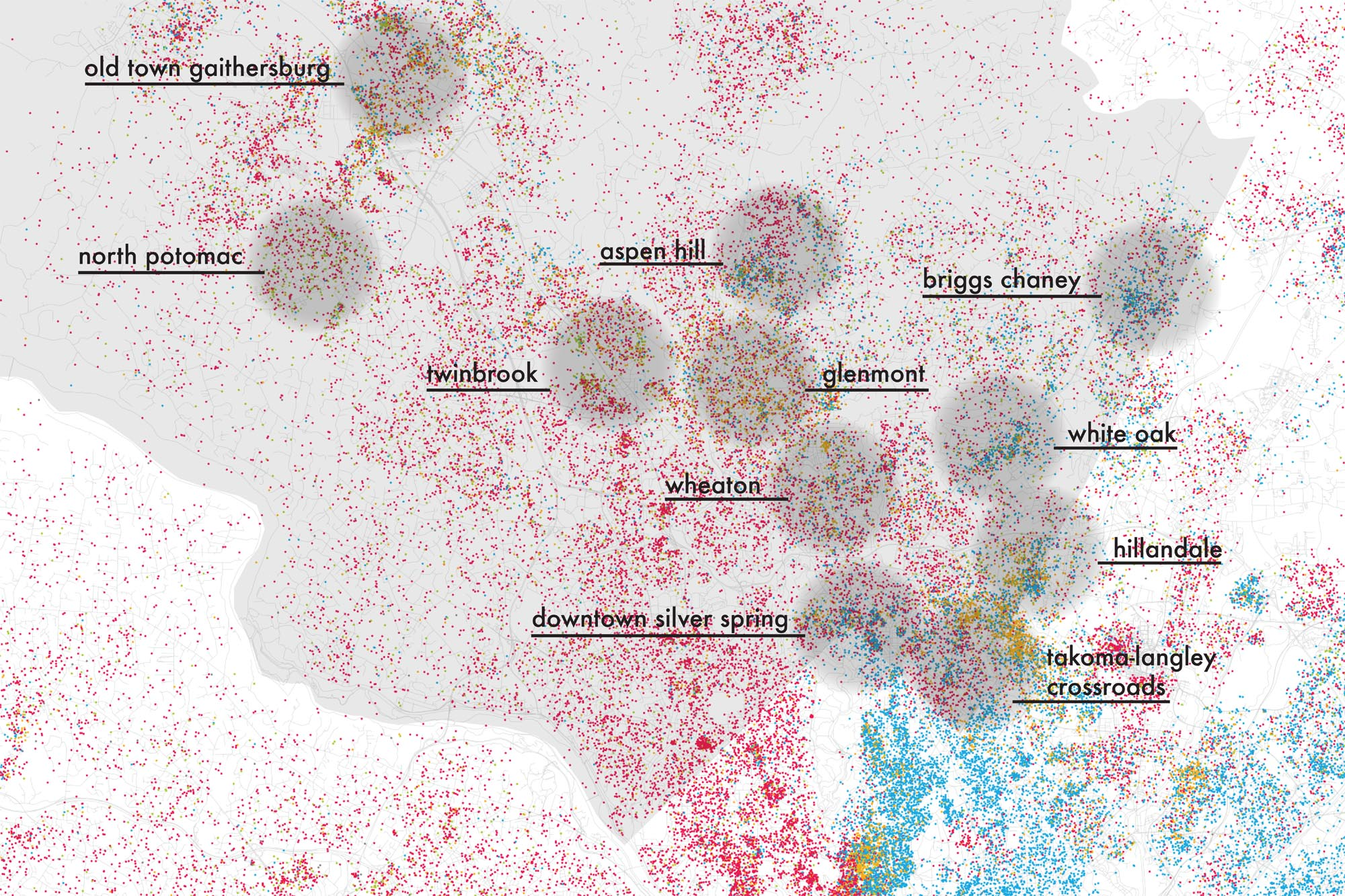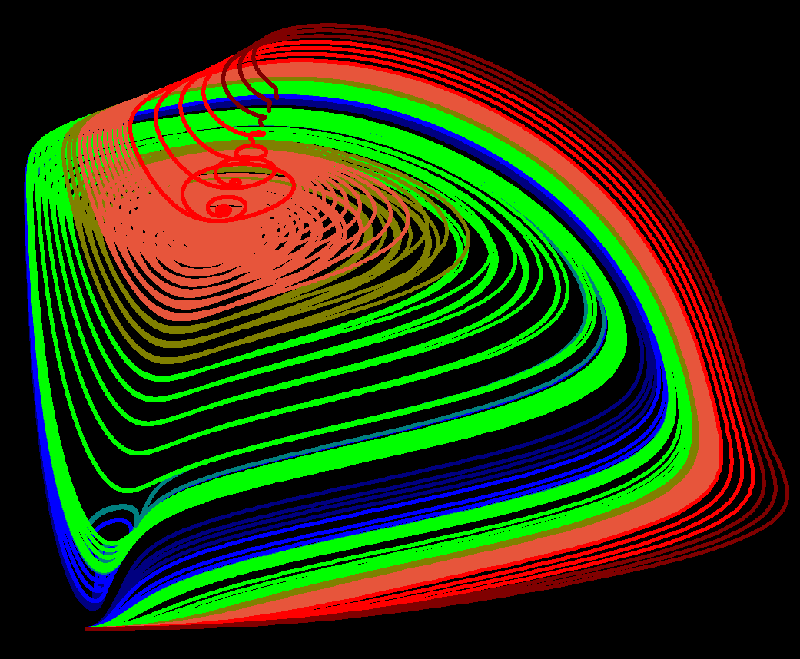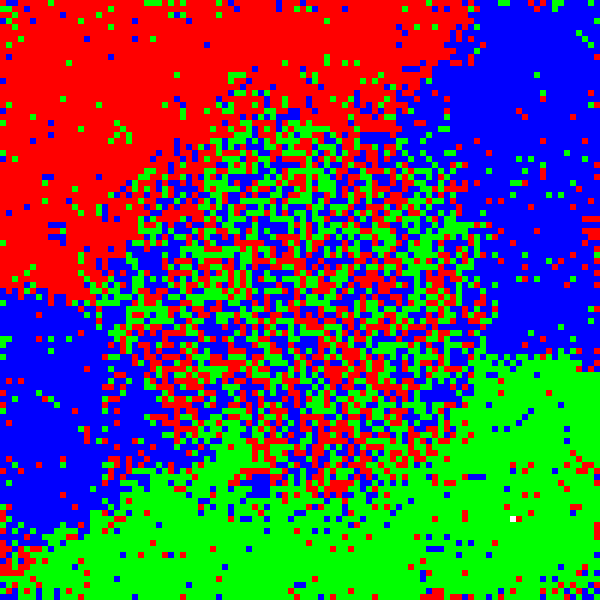Schelling Segregation Revisited (Revisited)
Posted on August 12, 2024 • 2 minutes • 274 words
One of my favorite projects from grad school was not even related to my PhD. It was a project for PHYS615 , a nonlinear dynamics course with a heavy emphasis on scientific computing and simulation.
The simulation I was exploring was a famous agent-based model devised by econophysicist Thomas Schelling , which suggested how populations might self-segregate, even if individuals had only the slightest preference to be around neighbors of similar backgrounds.
For this project, I decided to add some new parameters to the simulation in order try and articulate why urban centers might be more integrated than suburbs, like you see in my home county :
 (s/o to my best friend, and author of the Just Up THe Pike blog, Dan Reed).
(s/o to my best friend, and author of the Just Up THe Pike blog, Dan Reed).
The focus of my investigation was whether inherent biases could be overcome by an overriding desire, such as wanting to be close to a bustling urban center , or whether these simulations would simply result in segregated neighborhoods close to the “attraction.”
Rereading this paper almost half my lifetime after I wrote it, I really do want to go back and pursue those “further investigations” I outlined:
- I’d love to see quantitative graphs of total energy vs. the tuning parameters T and W
- I’d love to really try and determine what conditions would lead to small-scale segregated areas or whether multiple equivalent “attractions” would result in single groups claiming their own.
I’d also like to go back to the literature and see if anyone else has explored these ideas.
And who knows? One day, maybe I will.
Read the full paper here , or download the PDF if you really want.

